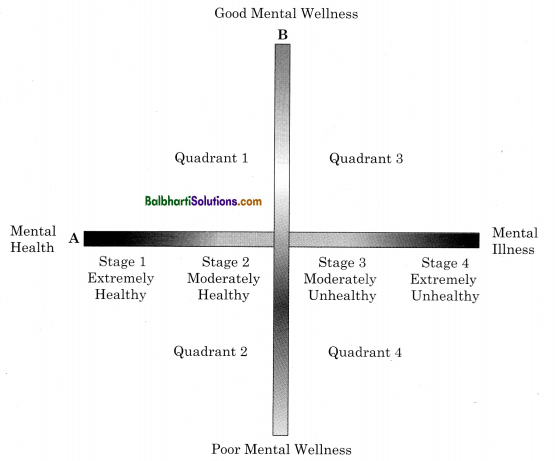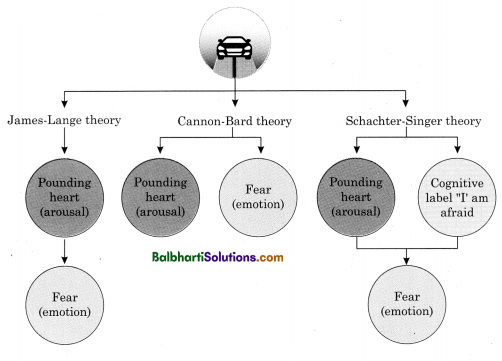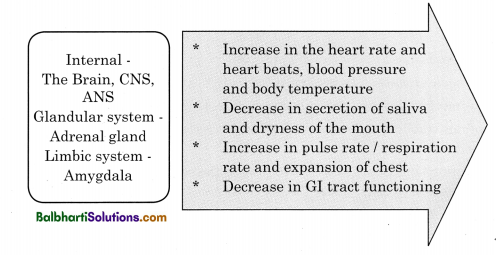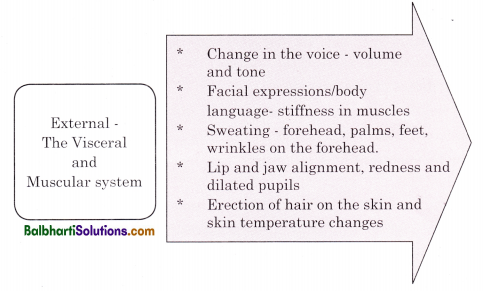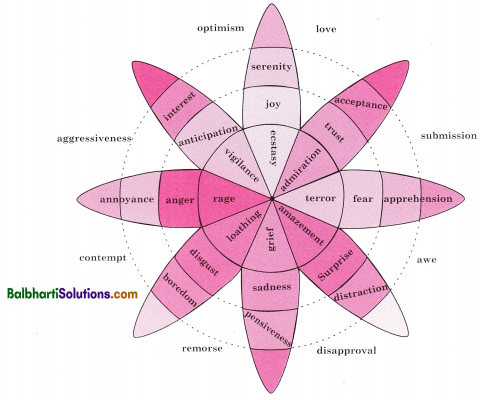By going through these Maharashtra State Board Class 12 Sociology Notes Chapter 6 Social Problems in India students can recall all the concepts quickly.
Maharashtra State Board Class 12 Sociology Notes Chapter 6 Social Problems in India
→ A social problem is a condition affecting a significant number of people in ways considered undesirable, about which it is felt that something can be done through collective social action.
→ Individual problem is a problem experienced by an individual and it is the individual who must make an effort to solve one’s problem.
→ A social problem is different than an individual problem.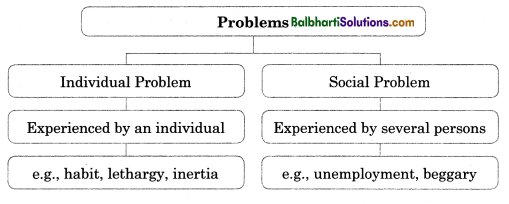

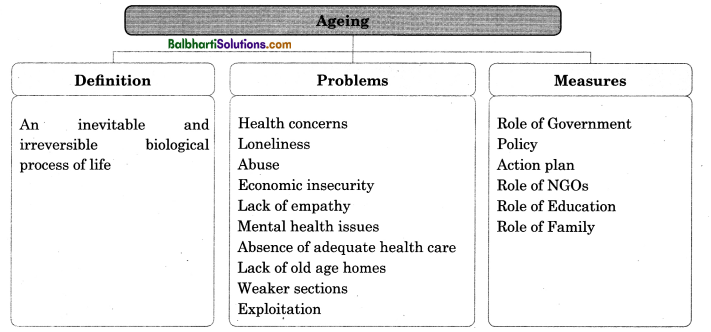
![]()
→ Unemployment is a growing problem in Indian society. According to NSSO, an unemployed person is one who puts in less than 14 hours of paid work in a week.
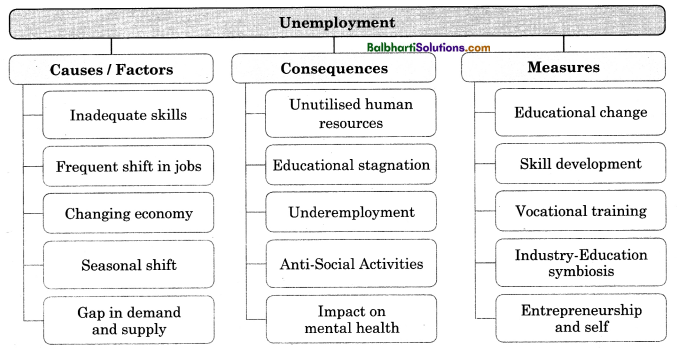
→ The past decade has witnessed an increasing number of farmers’ suicides. Farmers’ suicides are a serious social problem in India.
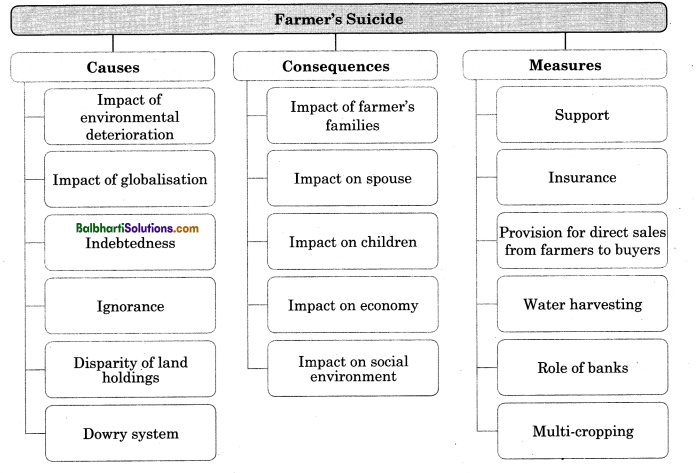
![]()
→ Domestic violence refers to abuse within the family. Domestic violence cuts across all classes, age categories, sexes and genders.

→ The term ‘addiction’ is usually used to refer to a situation of psychological and/or physical dependence on alcohol, correct to, internet or mobiles.



